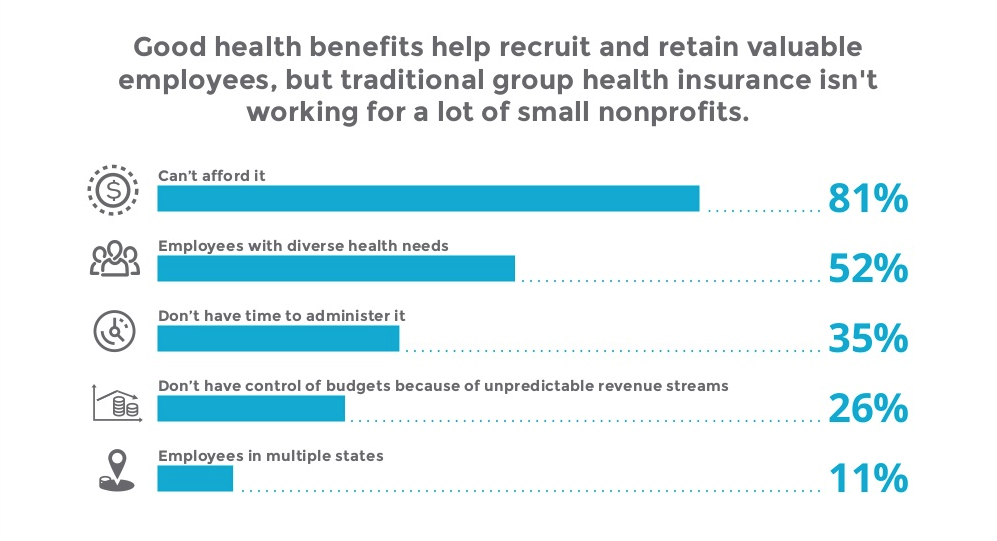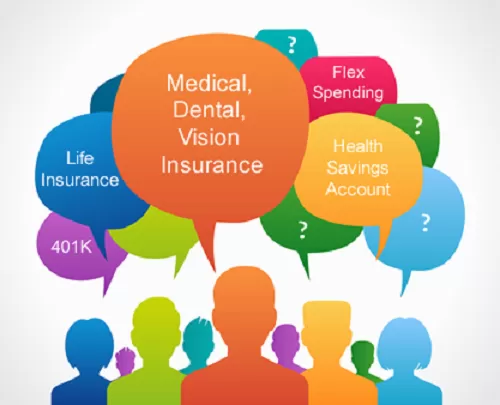Top Guidelines Of Medicare Advantage Agent
Indicators on Medicare Advantage Agent You Need To Know
Table of Contents9 Easy Facts About Medicare Advantage Agent ShownLittle Known Facts About Medicare Advantage Agent.Some Ideas on Medicare Advantage Agent You Should Know


follows from confusing the relatively young fairly profile of account uninsured with the better healthFar better wellness average, of younger persons. For those without accessibility to work environment wellness insurance, inadequate health is a possible obstacle to buying nongroup insurance coverage since such insurance coverage might be highly valued, omit preexisting conditions, or be simply not available. Unless or else kept in mind, national estimates of people without health and wellness insurance and proportions of the populace with various kinds of insurance coverage are based on the CPS, the most commonly utilized resource of quotes of insurance policy coverage and uninsurance rates.

Excitement About Medicare Advantage Agent
Over a three-year duration beginning early in 1993, 72 million people, 29 percent of the united state population, lacked coverage for a minimum of one month. Within a solitary year(1994), 53 million individuals experienced a minimum of a month without insurance coverage(Bennefield, 1998a). 6 out of every 10 uninsured grownups are themselves used. Although working does boost the probability that and one's relative will certainly have insurance coverage, it is not an assurance. Also members of family members with 2 full time breadwinner have virtually a one-in-ten chance of being uninsured (9.1 percent uninsured rate)(Hoffman and Pohl, 2000 ). The partnership in between wellness insurance and accessibility to care is well developed, as recorded later in this phase. Although the relationship in between medical insurance and health outcomes is neither direct neither easy, a comprehensive medical and health and wellness solutions research study literary works links health insurance policy coverage
to better access to care, much better quality, and boosted personal and population health standing. For instance, the 2nd report, on personal health and wellness results for uninsured grownups, is stood for by the inner circle of the number, while the 3rd record, on household wellness, incorporates the topics of the 2nd report yet highlights a different unit of analysis, specifically, the household. The sixth record in the series will offer info concerning methods and efforts embarked on locally, statewide, or across the country to deal with the absence of insurance coverage and its unfavorable effects. Levels of analysis for examining the results of uninsurance. This discussion of medical insurance coverage focuses mostly on the united state populace under age 65 since basically all Americans 65 and older have Medicare or other public insurance coverage.
It focuses specifically on those without any kind of health and wellness insurance for any kind of length of time. The problems dealt with by the underinsured are in some respects similar to those faced by the without insurance, although they are typically much less severe. Uninsurance and underinsurance, nonetheless, include noticeably various plan issues, and the strategies for addressing them may vary. Throughout this research and the 5 records to follow, the main focus gets on persons with no medical insurance and therefore no aid in spending for wellness treatment beyond what is available with charity and safeguard institutions. Health and wellness insurance is an effective aspect influencing invoice of treatment since both clients and doctors respond to the out-of-pocket price of solutions. Medical insurance, nevertheless, is neither required neither enough to get to medical solutions. Nonetheless, the independent and straight effect of health and wellness
insurance policy protection on accessibility to health services is well developed. Others will acquire the healthcare they need even without medical insurance, by spending for it expense or seeking it from suppliers who supply care totally free or at very subsidized rates. For still others, medical insurance alone does not make certain receipt of treatment due to various other nonfinancial obstacles, such as an absence of healthcare service providers in their community, restricted accessibility to transport, illiteracy, or etymological and cultural differences. Official research study regarding uninsured populaces in the United States dates to the late 1920s and very early 1930s when the Board on the Cost of Treatment produced a collection of records concerning financing physician office gos to and hospital stays. This issue came to be prominent as the varieties of check that medically indigent climbed up during the Great Clinical depression. Empirical researches continually sustain the link in between accessibility to care and enhanced health end results(Bindman et al., 1995; Starfield, 1995 ). Having a normal source of treatment can be considered a predictor of gain access to, instead of a straight action of it, when health and wellness outcomes are themselves made use of as gain access to indicators. This extension of the notion of gain access to dimension was made by the IOM Board on Checking Access to visit homepage Personal Health And Wellness Care Provider(Millman, 1993, p. Whether parents are insured shows up to affect whether their youngsters receive treatment as well as just how much careeven if the youngsters themselves have protection(Hanson, 1998). The wellness of parents can influence their capacity to look after their children and the degree of family members stress. Bothering with their kids's accessibility to care is itself a resource of anxiety for parents. Three phases follow in this record. Phase 2 gives an overview of how employment-based medical insurance, public programs and private insurance coverage operate and interact to offer comprehensive yet insufficient coverage of the united state population. This consists of a testimonial of historic trends and public laws influencing both public and personal insurance policy, a discussion of the interactions among the various kinds of insurance coverage, and an examination of why people move from one program to one more or end up
